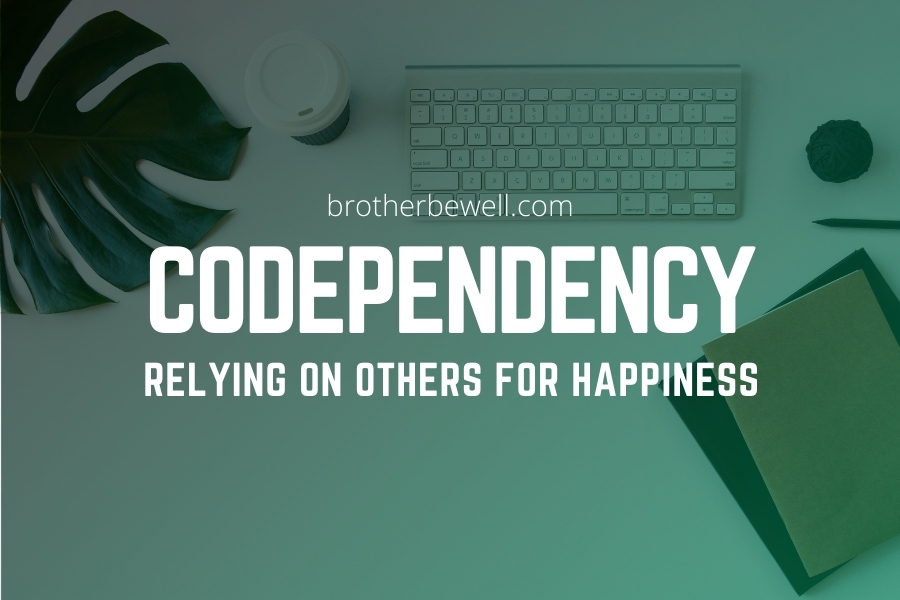Codependency is a broad term that was coined back in the 70’s by recovery professionals. They found that after treating family members of someone struggling with alcoholism, they began noticing a common set of emotional and behavioral patterns. Over the years, the definition of codependency has expanded and today includes a wide range of people.
Common codependency characteristics include:
- Insecurity
- Control
- Enabling behaviors
- Manipulation
- Chronic shame
- Low self-esteem or worth
- Taking things personally
- Problems with intimacy
- Not being able to tune into own wants and needs
- Poor communication skills
- Poor conflict resolution skills
- Clinginess
- Jealousy
- Lack of boundaries
- Caretaking
- Seeking affirmation or worth through others
- Tough time making decisions
- Fear of being abandoned
These are just some of the emotional or behavioral patterns and actions associated with codependency. Those that consider themselves struggling with this type of relating may identify with some, most, or perhaps all of them.
An Unhealthy Way Of Relating
According to Mental Health America, codependency is “an emotional and behavioral condition that affects an individual’s ability to have a healthy, mutually satisfying relationship.” It’s marked by an unhealthy way of relating to another, consciously or unconsciously looking to them for your level of happiness and fulfillment.
Anyone can develop codependent behaviors. The roots or causes are usually found somewhere in childhood, in the dynamics of the family atmosphere.
Today, codependency exists on a broad spectrum, usually diagnosed based on some level of anxious attachment disorder as a child. It’s not only relationships that have active addiction going on either. Codependent relating can occur between anyone at essentially any age and can occur between any two people – parent/child, between friends, co-workers, lovers, and so on.
You can also become overly dependent on objects, ideas, or even society. Essentially, those struggling with codependent characteristics are seeking feelings of worth, value, and unconditional love on something or someone externally. This can cause quite a bit of anxiety or negative emotions when those things aren’t providing such.
Codependency Recovery
Good news is that codependency can be treated through various means.
Support Groups
Codependents Anonymous is a great start. It’s a 12 Step support group that can help you begin a new path toward regaining a sense of self. You’ll learn how to identify what you want and need, ask for it in healthy ways, learn healthy boundary setting skills, and more. You can choose a sponsor if you desire and work through the 12 Steps toward recovery.
Therapy
There are deeper issues that underlie codependency. Working with a therapist can help you identify codependent patterns of behavior rooted in childhood, process, and heal them. You can learn more about your family relationship dynamics and any emotions you may have repressed. You’ll also be able to rediscover yourself and learn new relationship skills that lead to interdependent relationships.
Codependency: There Is Hope
When you come to understand codependency more, there is hope for changing the behaviors. There is hope for better, healthier relationships. Don’t let codependency keep getting the best of you. Take advantage of codependency recovery support groups, reach out to a therapist, and work your recovery consistently.
You don’t have to let codependency rule your life. Plenty of people have learned how to work through their issues and now enjoy healthier, more fulfilling relationships – with themselves and others.
So can you!



